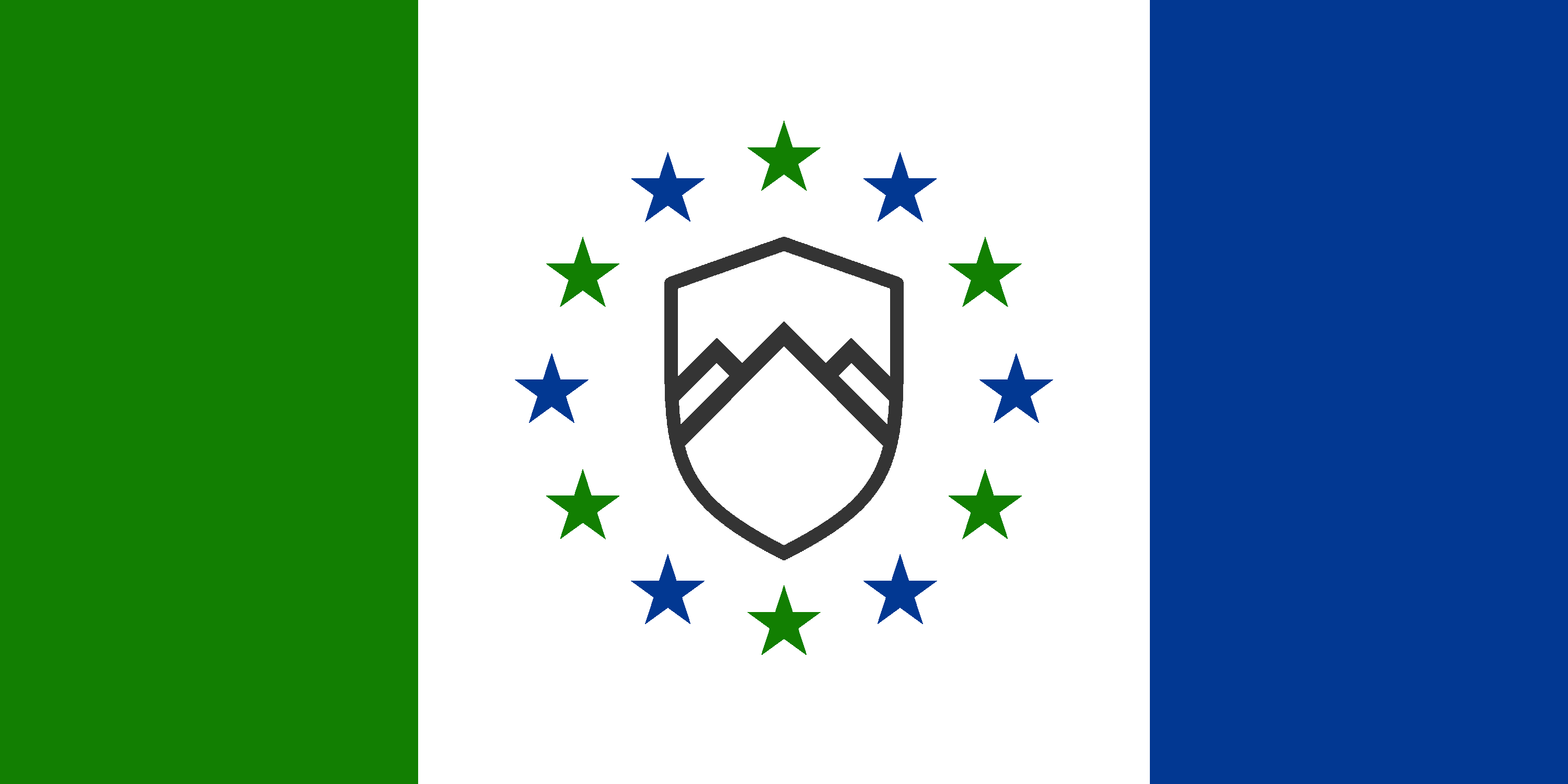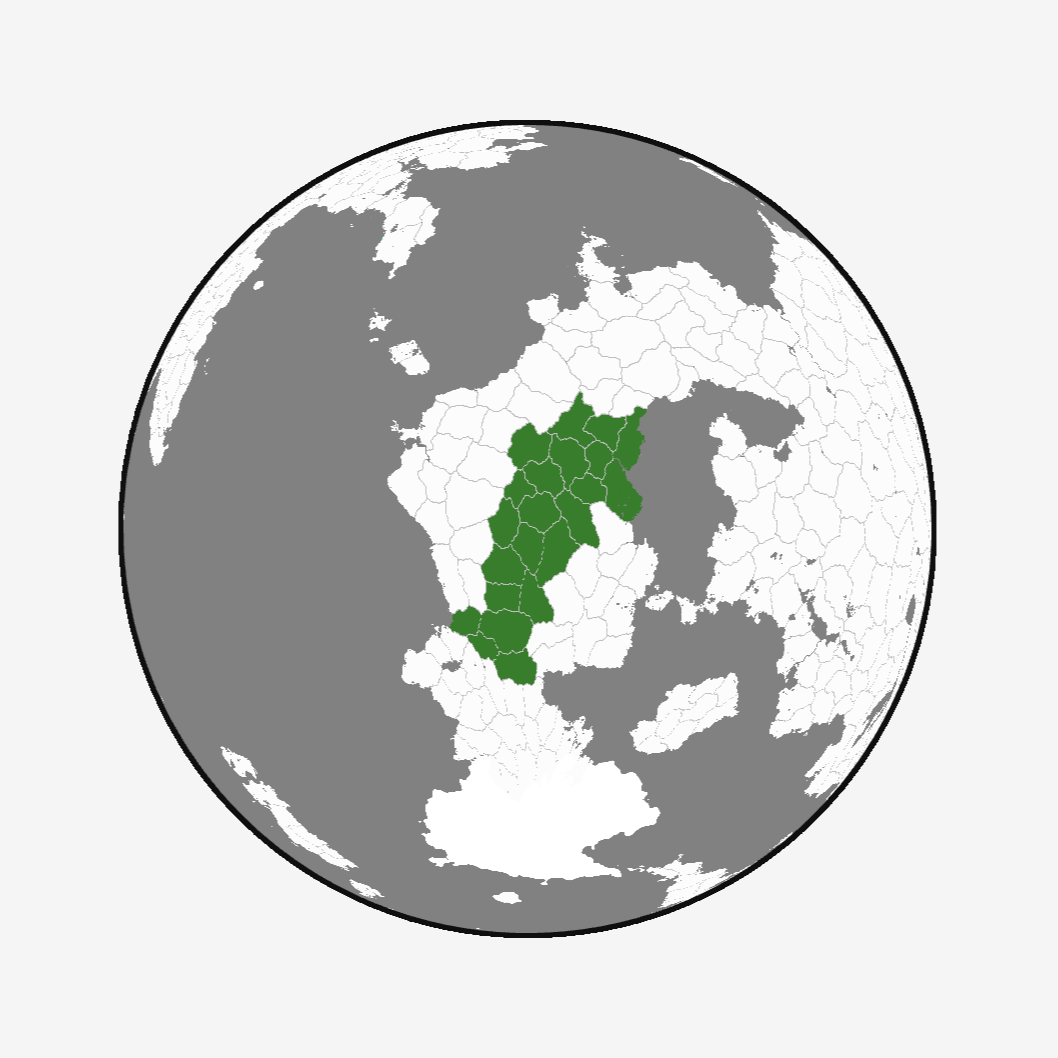New Kalban Republic: Difference between revisions
Slippulter (talk | contribs) (Reworked Infobox) |
Slippulter (talk | contribs) (Minor Changes in the body of the page) |
||
| Line 1: | Line 1: | ||
New Kalban Republic (Kalban: Nova Kalbanska Republika) is a state that exists in the Kalbans region of Kerbin. It was founded in 2088 as an attempt to recreate the SFRK. |
New Kalban Republic (Kalban: Nova Kalbanska Republika) is a state that exists in the Kalbans region of Kerbin. It was founded in 2088 as an attempt to recreate the SFRK. |
||
| + | |||
| + | The New Kalban Republic (Kalban: Nova Kalbanska Republika), also known as Kalbanija, is a country in Central Veiid, and the successor of the Socialist Federative Republic of Kalbanija. The capital and largest city is Dolinia, located in a valley in the nation's north. |
||
{{Nation |
{{Nation |
||
Revision as of 19:29, 27 October 2022
New Kalban Republic (Kalban: Nova Kalbanska Republika) is a state that exists in the Kalbans region of Kerbin. It was founded in 2088 as an attempt to recreate the SFRK.
The New Kalban Republic (Kalban: Nova Kalbanska Republika), also known as Kalbanija, is a country in Central Veiid, and the successor of the Socialist Federative Republic of Kalbanija. The capital and largest city is Dolinia, located in a valley in the nation's north.
|
New Kalban Republic
Nova Kalbanska Republika
|
|||||
|---|---|---|---|---|---|
 |
|||||
| Peactime flag of the New Kalban Republic | |||||
| Motto | WIP | ||||
| Common Name | New Kalban Republic | ||||
| Anthem | WIP | ||||
 |
|||||
| Map of the Kalbans, with the NKR marked in green | |||||
| Demonym | Kalbanian | ||||
| Official languages | Kalbanian Laythi |
||||
| Currency | Kalban Dinar | ||||
| Politics | |||||
| Capital | WIP | ||||
| Government | Parliamentary Repbulic | ||||
| Foundation | 2138 | ||||
| Premijer | Andrej Jovanovic-Kerman | ||||
| Preceded by | SFRK | ||||
| Demography | |||||
| Ethnicities | Kerbian Troak Karkow Laythi |
||||
| Population | 4,155,020 | ||||
| Area | 62,286km^2 km² | ||||
History
After the dissolution of the SFRK, a civil war broke out in the Kalbans. Fought with the latest of the SFRK technology, including weapons of mass destruction, the destruction lowered the living standards to the levels not seen since the 1700s, with the only remaining advanced technology being small quantities of military owned weapons. 10 years after the end of the civil war, the remnants of the armies that fought in the war staged a coup against the many local tribal leaders and land owners, with the goal of reuniting the Kalbanians under one nation, and rebuilding back to modern standards. The coup was successful and the army backed government took power in 2138. The first leader was elected from the upper ranks of the military, as the government didn't have the resources to run national elections, and were won by lieutenant general Cmarko Supcic, who now took the position of Vodja, and started the rebuilding process.
The 3 year programs
The first 3 year program (Retroactively named "Zora") was launched in 2138, with the goals of repairing and reactivating many of the damaged SFRK era facilities to get the nation to the point of having some semblance of a modern nation, such as power, water, hospitals, some outdated industry, and efficient farming tools. The program was a great success with the facilities found in better condition than expected, and therefore reactivated in larger numbers. NKR found a regional partner - The Republic of Fortis, who for a relatively small fee trained a generation of NKR Kerbals in the sciences and politics, as well as teaching, to create the first high schools and universities in the nation. The program did not come without casualties however, with estimates ranging between 20.000 and 85.000 Kerbal deaths caused by the program.
The second 3 year program (Named "Jutro") was launched in 2142 with continuation of the rebuilding intended, this time more focused on building new facillites, as most damaged ones have already been reactivated. However the pace was a lot lower, and more attention was paid to safety, leading to a lower death count - in the region of 8.000. The programs result was closing the gap of the NKR to the rest of Kerbin, both in civilian industry and life quality, and in military technology.